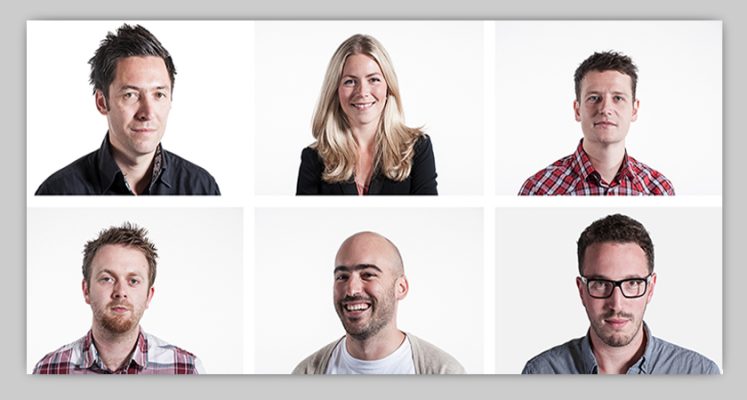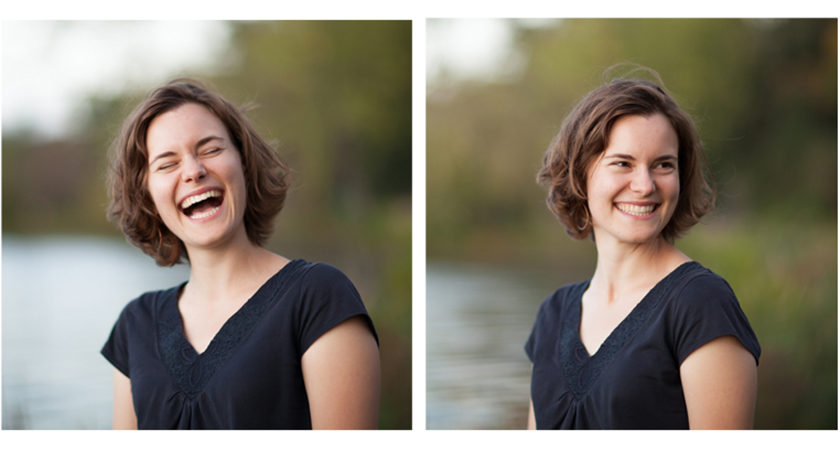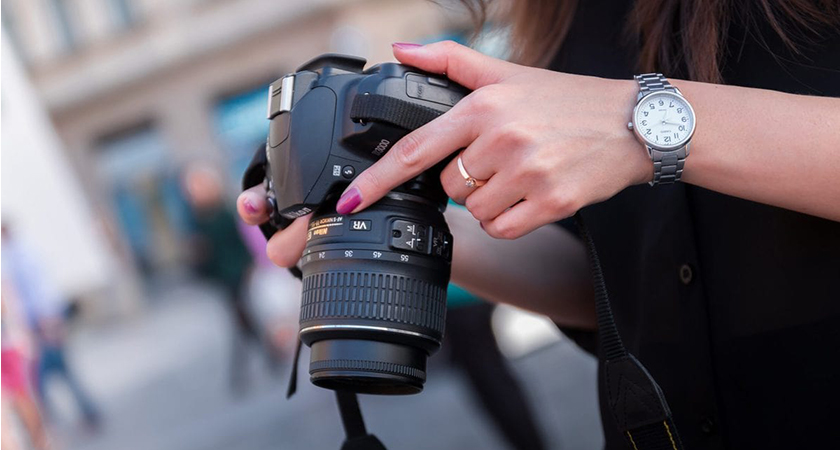Are you a professional photographer? if yes, You have to know different and proper techniques in the photography field but always headshot photography is a common one.
As a photographer, your headshot is among the most important marketing tools you have. It’s the first impression potential clients have of you, and it can make or break their decision to work with you. That’s why having a professional-looking headshot is so important!
In this blog, we will discuss the top 10 Headshot Photography tips. We’ll also share some insider secrets on what makes a good headshot so that you can avoid common headshot photography mistakes.
10 Photography Tips for Headshots
- Make your subject feel comfortable.
- Understand Your Client’s Requirements
- Pay Attention to Lighting
- Select the Proper Camera Lens
- Make Use of the Correct Camera Settings
- Locate the ideal place.
- Props can be used to add interest to a scene.
- Click a shallow depth of field for your shots.
- Take many pictures and play around with different ones.
- Edit Your Photos in Post-Production
What is a Headshot Photograph?
A headshot photograph is a portrait that shows a person’s face and neck. People usually take headshots intending to be used as an actor’s or model’s primary means of marketing themselves. While they can take headshots in a studio with professional lighting, you can also take them in other settings, like outdoors.
Different Types of Headshot Photographs
We will briefly touch on the main headshot photographs.
- Entertainment Industry Headshots
- Business Headshots
- Creative Headshots
Entertainment Industry Headshots
It is essential that your headshot accurately represents what you look like and captures your unique personality if you are an actor or model. A good headshot will highlight your greatest qualities and help you stand out among the rest.
Business Headshots
Business professionals who want to create a strong professional image often use these headshots. If you’re a business professional, your headshot is also a crucial marketing tool. Your headshots should be polished and professional, and they should reflect your brand appropriately.
Creative Headshots
If you are a musician or artist, consider a creative headshot. A creative headshot can be more expressive and show off your personality.
Common headshot photography mistakes that photographers should avoid:
1. Not taking the time to get to know your subject:
It’s important to take the time to get to know your subject before you start taking their headshots. It will assist you to figure out what they want and how to best represent their distinct personality.
2. Not enough lighting:
Illumination is one of the most crucial components of headshot photography, yet many people overlook it. Pay heed to the light in your photographs and make the most of it.
3. Not using props:
Using props may be the best idea to add some sparkle to your headshots. Use props to help show off your personality and style.
4. Not using a reflector:
A reflector can be a great way to soften your subject’s skin and create more flattering shots.
5. Shooting in too tight of an angle:
Shooting from too tight of an angle can make your subject look squished or distorted. Try to shoot from a wider angle whenever possible.
6. Focusing on the wrong things:
When you’re taking someone’s headshot, it’s important to focus on their face, not their clothes or surroundings. Ensure you’re paying attention to the details and capturing your subject in the best light possible.
7. Not using a tripod:
A tripod can help ensure sharp, stable shots. Using a tripod is essential if you’re shooting headshots in low light.
10 Professional Headshot Photography Tips:
1. Make your subject feel comfortable.
When the subject is calm and at ease, you can shoot the greatest headshot photographs. Try to make them feel at ease by talking to them and getting to know them before you start taking photos. You may also offer them instructions and make it clear what you’re searching for. Trust is key in any relationship, including the one between you and your subject.
2. Understand Your Client’s Requirements
It is the most important thing to understand what the client wants. They may want a certain type of headshot or have specific requirements, like only using a certain type of lighting. If you’re unsure, just ask. The very last option you want is to let your customer down.
Contact your client first before coming to the studio to know what they are looking for, so this will help you greatly get the right headshots.
Questions to ask from the client for understanding their needs:
- What is the purpose of the headshot?
- Who is the target audience for the headshot?
- What style of headshot do you want?
- What type of clothing should the subject wear?
- Do you have any specific requirements, like using a certain type of lighting?
- Would you want a casual or formal headshot?
By asking these questions, you will deliver what the client wants, and they will be happy with the results.
3. Pay Attention to Lighting
Among the most crucial parts of every image, especially headshots, is lighting. A photograph’s lighting may make or destroy it. Try to find a good natural light location or use artificial light sources to create the desired effect. Adjust the lighting according to your subject’s skin tone. You don’t want your clients to look too dark or light in the photo.
How to get the perfect lighting?
- If you are shooting outdoors, try to find a location in the shade. The sun might be too bright on your subject’s face, casting unsightly shadows.
- If you are shooting indoors, use a diffuser to soften the light. A reflector may also be used to reflect light back over your subject’s face.
- Experiment with several lighting configurations to determine which one works best.
4. Select the Proper Camera Lens
The clarity of your headshots might also be influenced by the lens you employ. For close-up photographs, you’ll want to choose a lens with a small focal length. It will enable you to catch all of your subject’s facial characteristics without distortion. If you’re photographing from afar, you’ll want to pick a lens with a long focal length. It will give your subject a nice and flattering portrait look.
Here are some lenses that are suitable for headshot photographs.
- 50mm lens
- 85mm lens
- 100mm lens
- 135mm lens
4. Make Use of the Correct Camera Settings
The camera settings you use will also determine the quality of your headshots. Just look below:
- Set the aperture to a low number. It will ensure that all of your subjects are in focus.
- Change the shutter time to a high value. It will assist in preventing any movement from becoming hazy.
- You can use a tripod so that the camera is still.
- To eliminate camera wobble, choose a remote shutter release.
5. Locate the ideal place.
The background you choose for your headshots can make or break the photo. You want to find a simple location that has a clean background.
Some good locations for headshots are:
- A plain wall
- A blank background
- A studio set up
6. Props can be used to add interest to a scene.
Props can be a great way to add interest to your headshots. They can assist convey a tale regarding your subject and give the image some personality. However, you should avoid using props excessively. A shot with too many accessories might become cluttered, finding it challenging to see your target.
Below are some ideas:
- Books
- Clothing
- Jewelry
- Objects related to your profession
7. Click a shallow depth of field for your shots.
A shallow depth of field can be a great way to add interest to your headshots. It helps make your subject stand out from the background and add a bit of drama to the photo. As a result, a high aperture setting is required to obtain a shallow depth of field. It will cause the background to be blurry and focus on your subject.
8. Take many pictures and play around with different ones.
The best way to get a great headshot is to take multiple shots and try different compositions. It will present you with a variety of possibilities and assist you in locating the ideal photograph.
Some things you can try include:
- Changing up your client pose
- Experiment with different camera angles
- Using a different lens
- Changing the background of the shot
9. Edit Your Photos in Post-Production
You can improve even the best headshots with some basic editing. As a result, you may accomplish it in a picture editing software like Photoshop or Lightroom.
- Remove any distractions from the background
- Remove any blemishes or wrinkles from your subject’s face
- Brighten up the photo if it is too dark
- Add some contrast to make the photo pop
10. Use These Tips to Get Awesome Headshots!
You can just amaze your clients if you follow these directions. As practice makes perfect, don’t be scared to try different things until you know what is best for you. With these tips, you will be taking amazing headshots in no time!
FAQ
How do I make my headshots look professional?
Find a good location with plenty of natural light. If you’re shooting indoors, use window light. Make sure the background is simple and distraction-free, and avoid using busy patterns or too much color.
How to bond with your client?
Bonding with your client is key to taking great headshots. Please spend some time chatting with them before you start shooting and get to know them a little. This will help you capture their personality in the photos.
Which camera should you use for headshots?
Many photographers prefer to use a DSLR camera with a portrait lens for headshots. This gives you the ability to capture sharp photos with a shallow depth of field, which is often flattering for subjects.
What are some tips for posing?
You want to make sure your client is facing the camera squarely. You can also have them tilt their chin down slightly, which tends to be more flattering. Have them relax their shoulders and avoid crossing their arms, as this can look stiff. Finally, have them focus on anything except the camera to catch some natural reactions.







